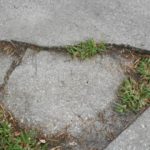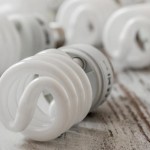 Speed up your home sale by preparing your home ahead of time using the following tips. Your home inspection will go smoother, with fewer concerns to delay closing.
Speed up your home sale by preparing your home ahead of time using the following tips. Your home inspection will go smoother, with fewer concerns to delay closing.- Confirm that that the water, electrical and gas services are turned on (including pilot lights).
- Make sure your pets won’t hinder your home inspection. Ideally, they should be removed from the premises or secured outside. Tell your agent about any pets at home.
- Replace burned-out light bulbs to avoid a “light is inoperable” report that may suggest an electrical problem.
- Test smoke and carbon monoxide detectors, and replace dead batteries.
- Clean or replace dirty HVAC air filters. They should fit securely.
- Remove stored items, debris and wood from the foundation. These may be cited as “conducive conditions” for termites.
- Remove items blocking access to HVAC equipment, electrical service panels, the water heater, attic and crawlspace.
- Unlock any locked areas that your home inspector must access, such as the attic door or hatch, the electrical service panel, the door to the basement, and any exterior gates.
- Trim tree limbs so that they’re at least 10 feet away from the roof. Trim any shrubs that are too close to the house and can hides pests or hold moisture against the exterior.
- Repair or replace any broken or missing items, such as doorknobs, locks or latches, windowpanes or screens, gutters or downspouts, or chimney caps.
Checking these areas before your home inspection is an investment in selling your property. Your real estate agent will thank you!
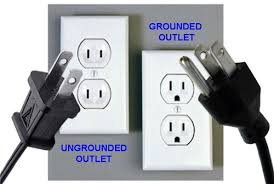 Home constructed prior to 1965 in the United States may still be equipped with the original style two pin ungrounded outlets. Ungrounded receptacles are less safe than modern grounded system three-pin receptacles. If current leaks to metal, unintended current paths in appliances, or the house systems, the energized component or appliance can increase the risk of electrical shock and fire. A grounded electrical system and receptacles provides increased protection against electric shocks, fire, and also decreases the risk of damage to appliances in case of a ground fault-current leaking outside the intended path.
Home constructed prior to 1965 in the United States may still be equipped with the original style two pin ungrounded outlets. Ungrounded receptacles are less safe than modern grounded system three-pin receptacles. If current leaks to metal, unintended current paths in appliances, or the house systems, the energized component or appliance can increase the risk of electrical shock and fire. A grounded electrical system and receptacles provides increased protection against electric shocks, fire, and also decreases the risk of damage to appliances in case of a ground fault-current leaking outside the intended path.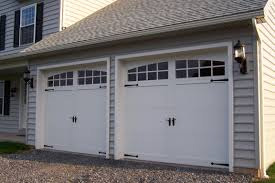 Garage vehicle doors are a large moving object and it is essential that they be well maintained and in good working condition. Regular maintenance of your garage doors not only extends the life of the garage door but also ensures reliable, quiet, and safe operation of the door. Many homeowners opt for regular inspection and maintenance of vehicle doors by a qualified professional due to their size and complexity. Here are some of the important steps that you can take to keep your garage doors in good working condition.
Garage vehicle doors are a large moving object and it is essential that they be well maintained and in good working condition. Regular maintenance of your garage doors not only extends the life of the garage door but also ensures reliable, quiet, and safe operation of the door. Many homeowners opt for regular inspection and maintenance of vehicle doors by a qualified professional due to their size and complexity. Here are some of the important steps that you can take to keep your garage doors in good working condition.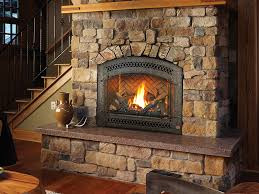 A fireplace can provide warmth to a room and can increase aesthetic appeal. Here are some tips to ensure that your fireplace remains in good working condition and keeps burning safety.
A fireplace can provide warmth to a room and can increase aesthetic appeal. Here are some tips to ensure that your fireplace remains in good working condition and keeps burning safety.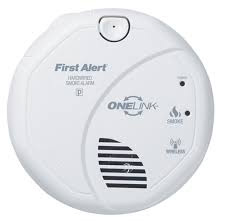 Smoke and carbon monoxide alarms are essential home safety equipment that help minimize the risk of smoke and poison gas to humans by alerting their presence. Here are some tips to ensure that your alarms remain in good working condition.
Smoke and carbon monoxide alarms are essential home safety equipment that help minimize the risk of smoke and poison gas to humans by alerting their presence. Here are some tips to ensure that your alarms remain in good working condition.